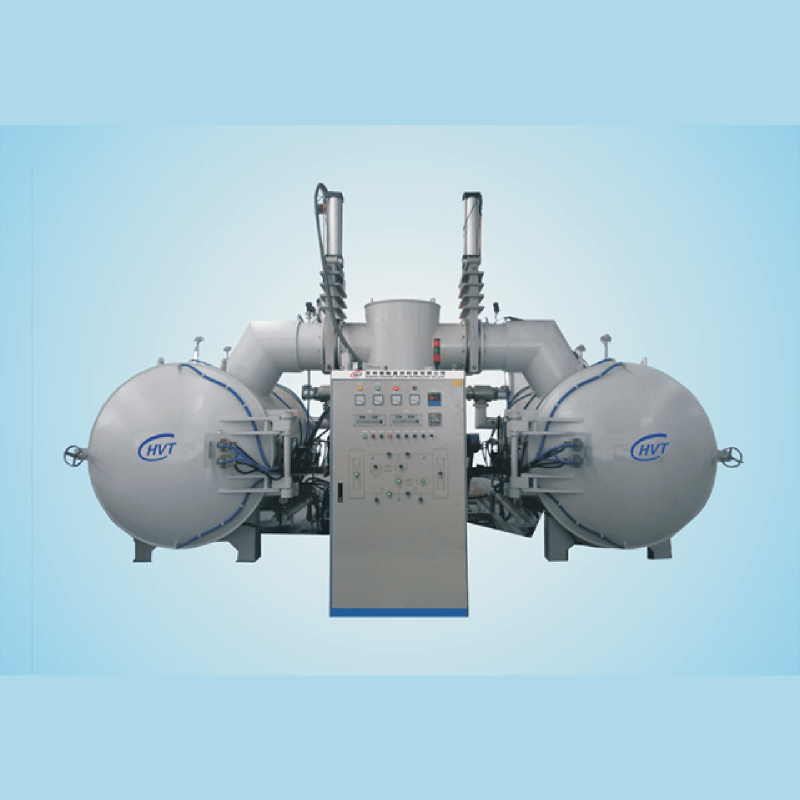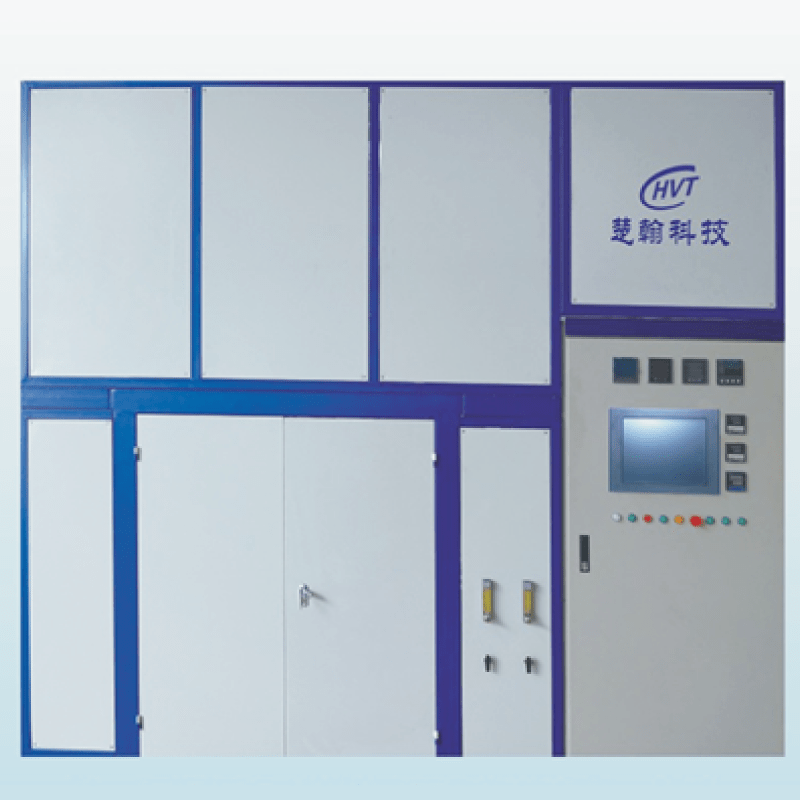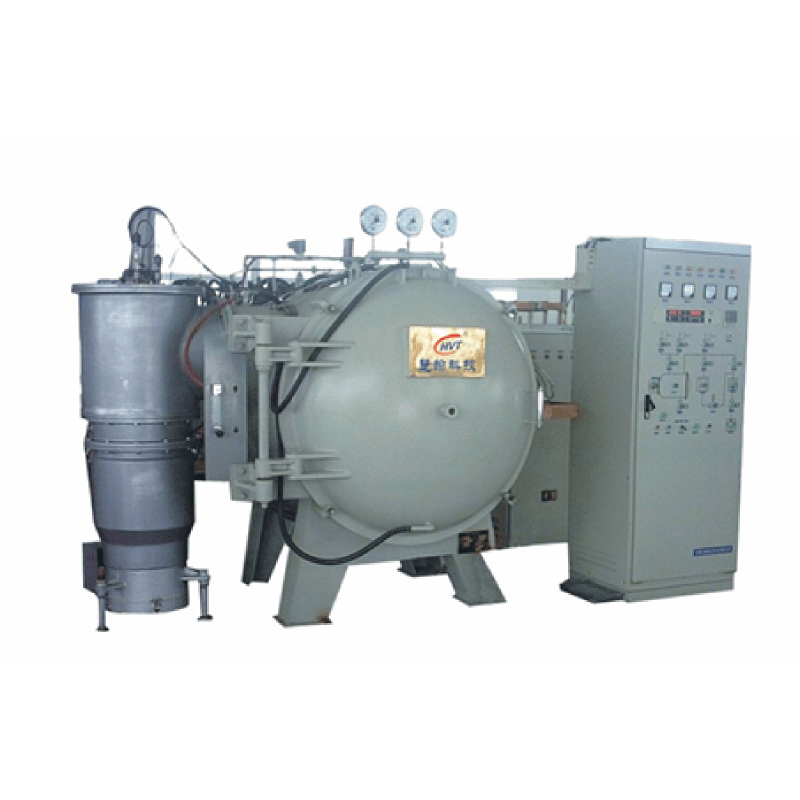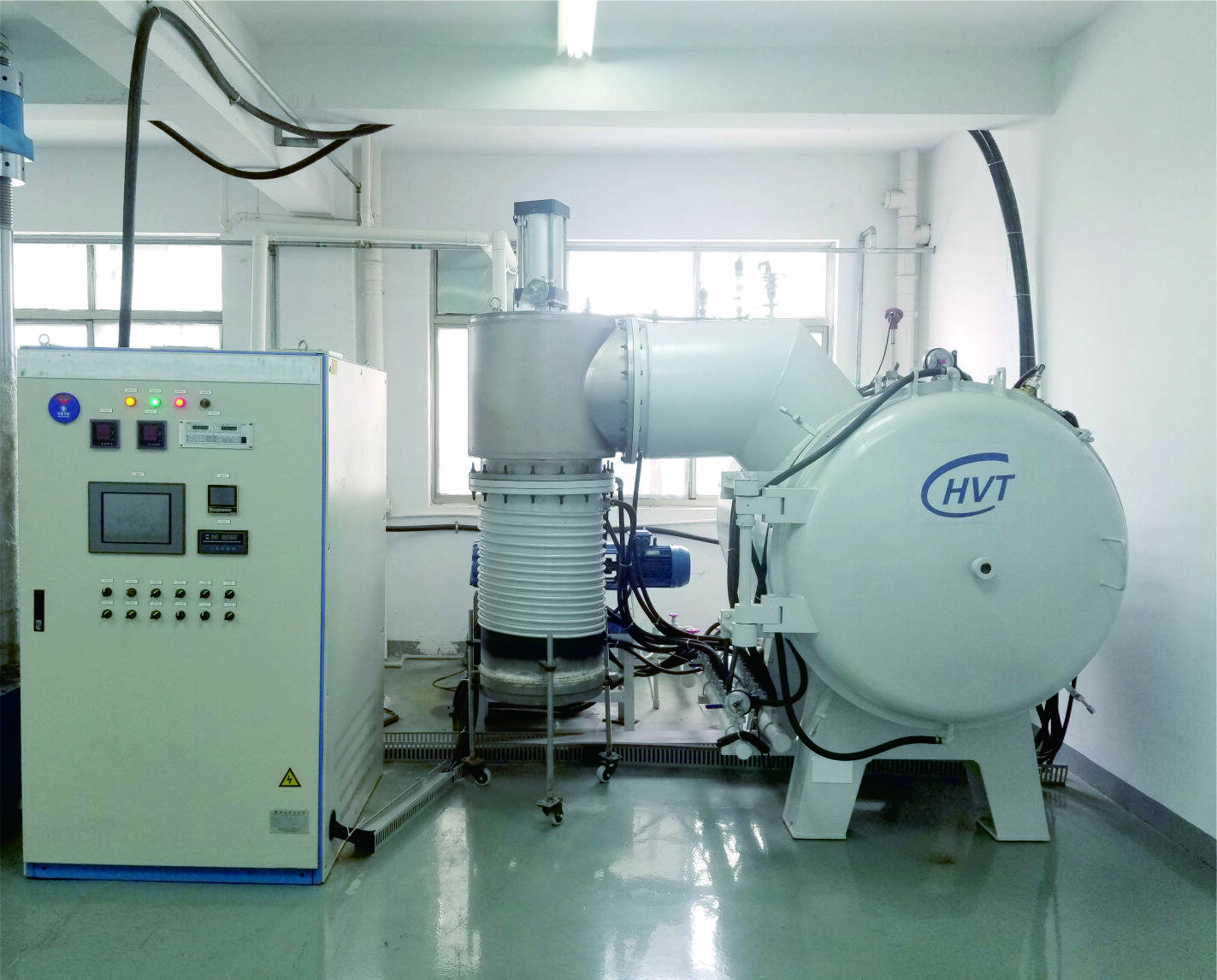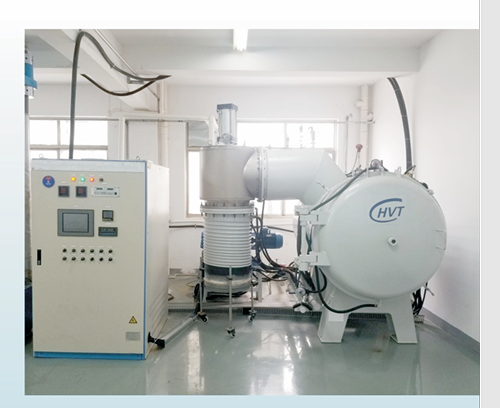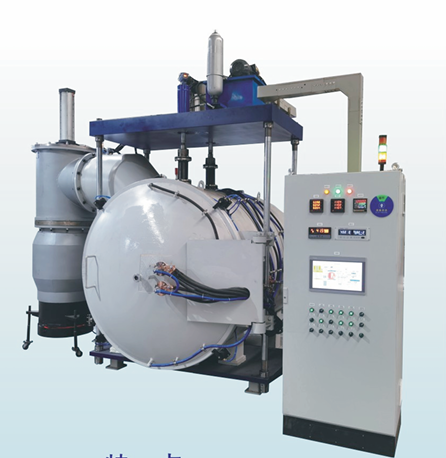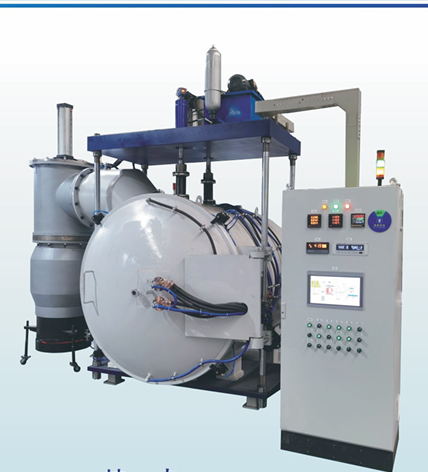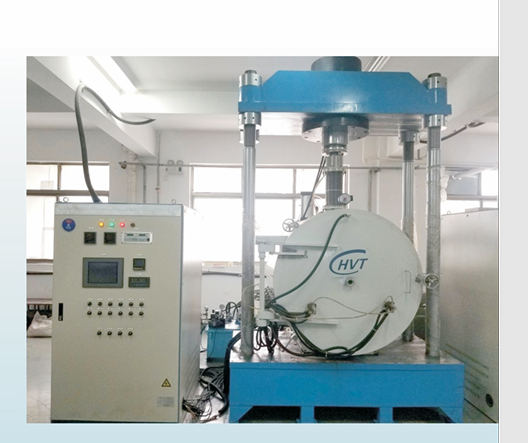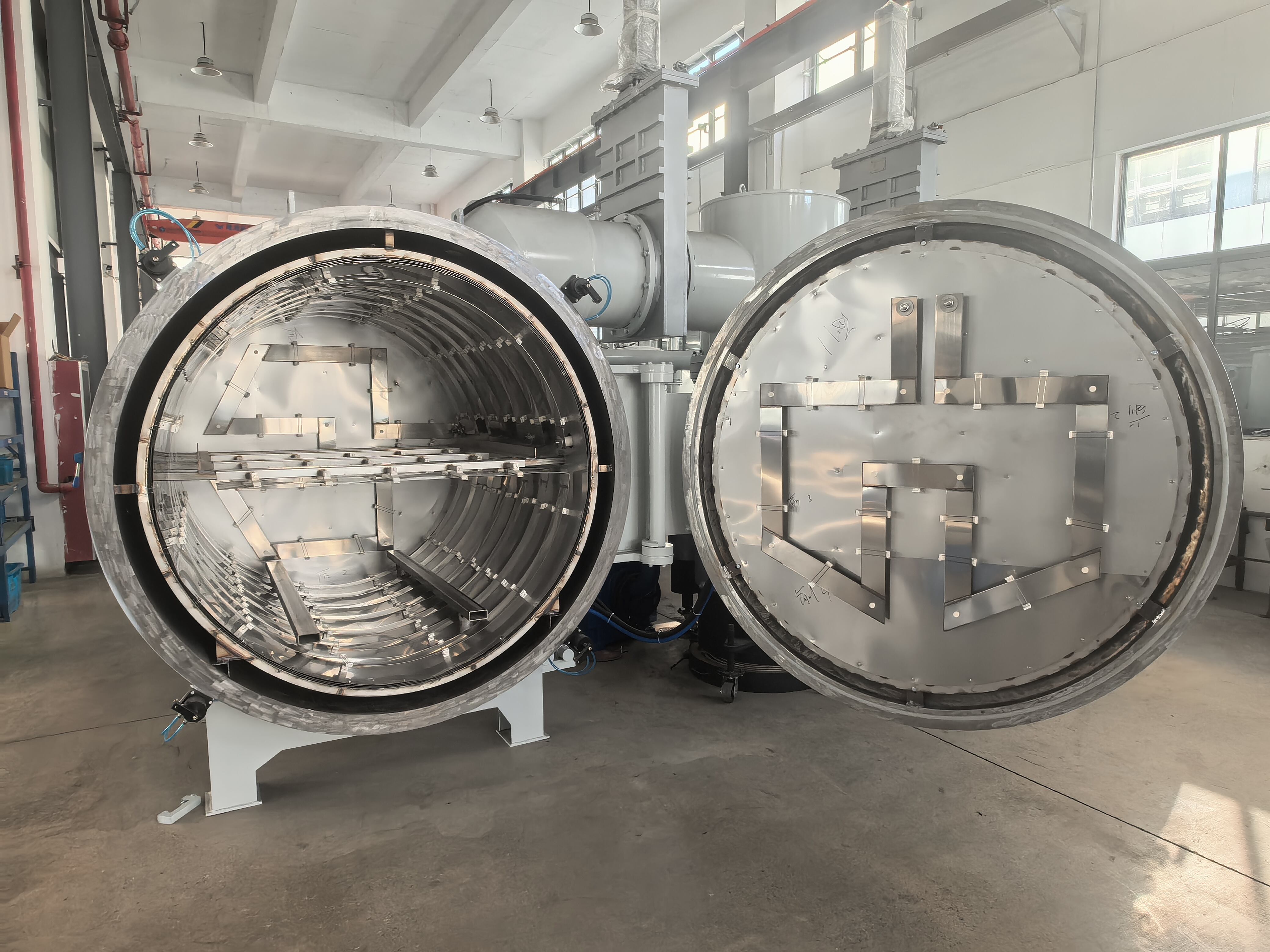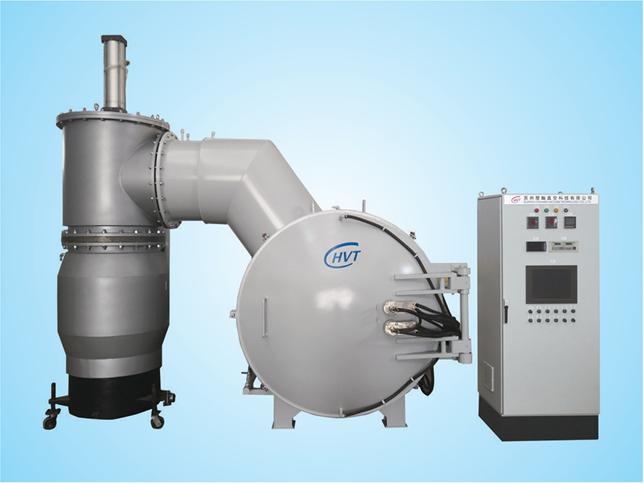high frequency induction furnace
A high frequency induction furnace represents a cutting-edge melting system that utilizes electromagnetic induction to generate heat for melting various metals and alloys. This advanced technology operates by passing an alternating current through a copper coil, creating a powerful magnetic field that induces eddy currents within the metallic charge material. These currents generate precise and intense heat, allowing for efficient and controlled melting processes. The furnace's design typically includes a water-cooled copper coil surrounding a crucible that contains the material to be melted. Operating at frequencies ranging from 500 Hz to 10,000 Hz, these furnaces provide exceptional temperature control and heating uniformity. The system's versatility allows it to process a wide range of materials, from precious metals to steel and iron, making it indispensable in modern metallurgical operations. The furnace's sophisticated control systems enable precise temperature management and power input adjustment, ensuring optimal melting conditions for different materials and batch sizes. This technology has revolutionized metal processing by offering faster melting times, reduced energy consumption, and superior metal quality compared to traditional melting methods.

